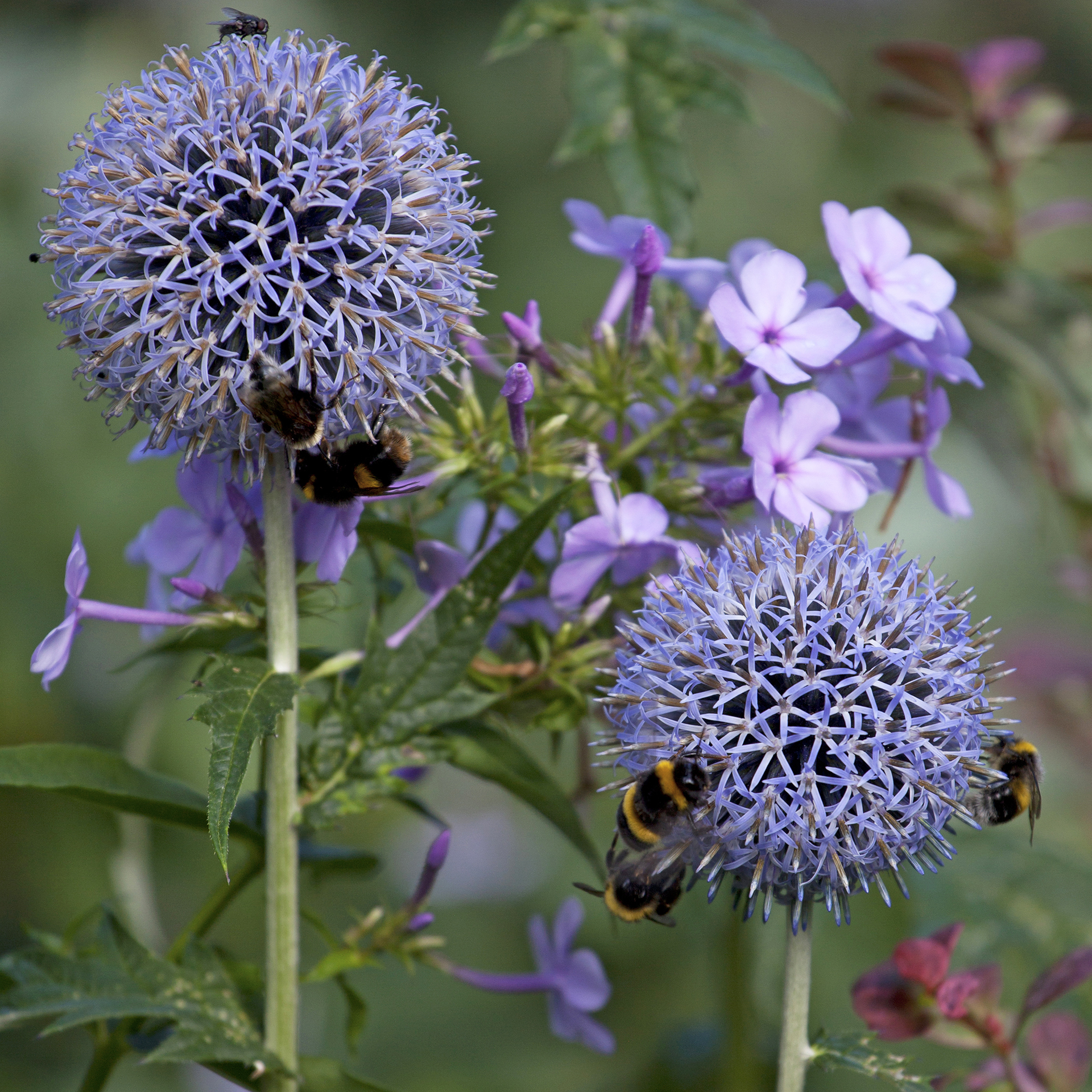Should you help a struggling bee in your garden? A wildlife expert advises
If you've found a bee that looks tired, what should you do? The answer might surprise you

It's happened to all of us: you find a bee in your garden that looks like it's struggling, and then you stand there not quite knowing what to do. Should you help a tired-looking bee or leave it? And if you do try to help it, will that do more harm that good?
Although many people are making more effort to incorporate wildlife garden ideas into their garden design with the aim to help struggling bee populations, bee populations are still declining, and the desire to help can be very strong. Here's what you should do, according to Sean McMenemy, wildlife expert at Ark Wildlife.

As a general rule, Sean explains, it's better to veer on the side of caution and wait: 't is always better to wait than intervene. Bees often take a rest or break and an inactive bee does not mean it is in difficulty.' By picking up a bee that's just resting you would be stressing it out unnecessarily. However, as Sean adds, 'If a bee remains in the same place for longer than 30-45 minutes, it is likely to need help.'
So, keep an eye on the tired bee if it's in your garden, or perhaps check if it's still there on your way back home if you spotted it in the street. If it is still there, you may need to move the bee, especially if it's 'in imminent danger i.e. could it get stepped on or hit'. If so, 'safely move it to a quieter spot and leave it to rest.'

A bee that's not moving and is in an exposed position is a sure sign of a bee in distress, while a bee sitting on the underside of a flower or leaf is most likely just resting. As for feeding tired bees, the best thing to do is to 'move it on to nectar rich flowers in a sunny spot. Natural food and warmth is the best thing for it.' You can find the best bee friendly plants in our guide.
In case there are no flowers around, you can try feeding it a white sugar and water solution, but do this very carefully: 'do not risk it falling in the solution as this may harm it', says Sean. A few small drops of the sugary solution put in front of the bee should be enough, and there's no need to take the bee inside to try and feed it.
If you're concerned about tired bees in your garden, you can also learn how to make a bug hotel in our guide – it's an easy and cheap way to provide resting spaces for bees and other beneficial insects.
Anna writes about interior design and gardening. Her work has appeared in Homes & Gardens, Livingetc, and many other publications. She is an experienced outdoor and indoor gardener and has a passion for growing roses and Japanese maples in her outside space.
